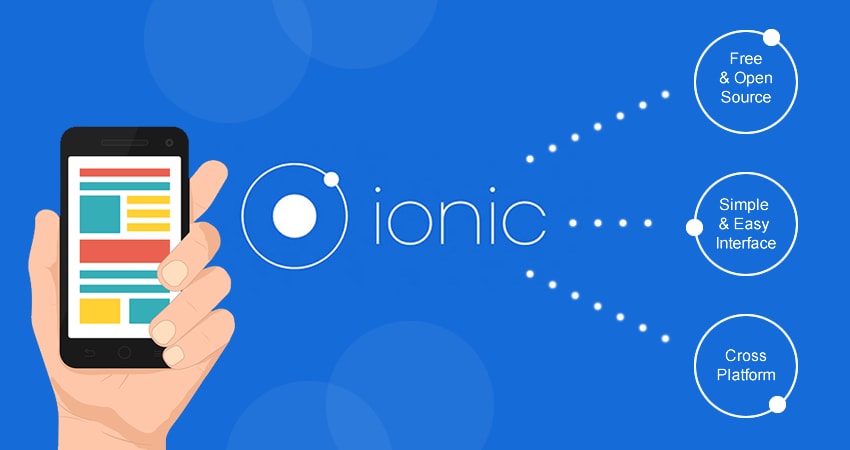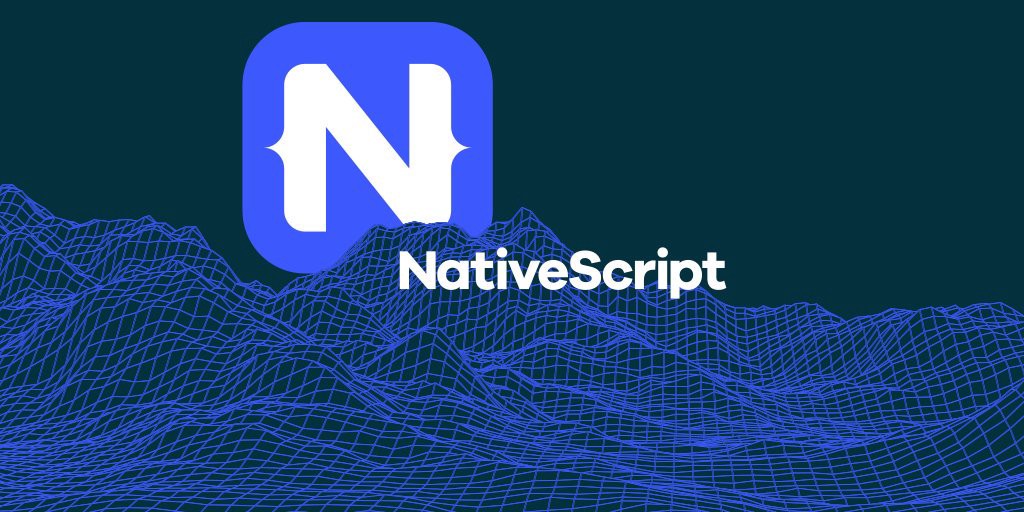5 Best Сross-Platform Mobile App Frameworks – 2024 Guide

The market has developed in such a way that the efficiency and quality of a product must be combined with an attractive price for its development, and the product itself must solve the user’s problems. Today there are various tools and frameworks that help us create mobile applications without much difficulty. A cross-platform framework is a tool for creating applications for multiple operating systems that provides you the possibility to develop an app for iOS and Android and save time and money.
Since the choice of mobile app framework inevitably affects your business, here you can find out more about choosing between the native, web and cross-platform app development. Just imagine that there are more connected mobile devices in the world than there are people and how it can affect your business outcomes.
Based on the specifics of the development of native and cross-platform applications, it is obvious that the latter is cheaper, and the result in the output is no less high quality than with native development. Another important bonus of cross-platform application development is its speed.
1. React Native

It is used to translate application code into machine language and provide the native look of mobile applications. The cross-platform React Native framework is quite simple and convenient. Cross-platform, open-source plugins and ease of development all simplify the task and reduce time. Besides, apps built with React Native are similar in functioning and appearance to native apps. React Native is ideal if you want the speed of a native app but don’t need complexity.
However, this is a young framework and some components are missing, and there are too many updates. This threatens that you will constantly have to keep track of the latest versions of the framework and its libraries.
Apps written on the React Native platform fall somewhere in between native and hybrid. We can note that this framework represents the future of mobile app development and makes the border between native and hybrid development more transparent.
2. Flutter

The framework allows you to create applications using Dart language. Flutter offers many interface elements that look like but are not native to the OS. This framework may be suitable for creating a unified UX, and it takes a different approach than React Native.
Flutter does not turn source code into native code that is executed by the platform. In fact, it draws a window on the phone screen and displays all the elements by itself.
Dart language was originally conceived as a tool for developing client applications, it has been optimized and built for user interface development. This language provides excellent opportunities for developing cross-platform mobile applications. Additionally, Dart was created by Google as an extended version of JavaScript.
It took Flutter just a year to surpass React Native in popularity (although React Native was the most requested platform at the time). Today with Flutter, you have a powerful source of learning resources and more skilled developers to build your application.
Flutter apps are compiled to machine code using graphics and rendering engines built into C / C ++. This is why such apps are fast and reliable. In the cross-platform technology space, this gives Flutter a clear advantage over the competition. Besides, Flutter is built with great language and fast rendering engine (Skia).
3. Ionic

To develop hybrid cross-platform applications, Ionic mobile application framework is used. This framework is integrated with Apache Cordova and this allows you to use web application technologies in mobile programs. The Ionic Framework uses the main HTML, CSS, JS development stack. The framework adheres to the concept of one code for all platforms. All technical components are adapted to the operating system of the device on which the mobile application is launched. Due to SASS, it provides a large number of UI components to enable interactive applications. Two-way data pinning, back-end services and API interactions make AngularJS the most popular among application developers.
4. Xamarin

It is a relatively new cross-platform Hybrid-Native framework based on the principles of the Microsoft foundations. Xamarin is compatible with absolutely any OS and makes it possible to create applications that are almost indistinguishable from their native counterparts.
The framework consists of several main parts:
- Xamarin. IOS – class library for C # with access to iOS SDK;
- Xamarin. Android – a class library for C # with access to the Android SDK;
- compilers for iOS and Android;
- development environments: Xamarin Studio IDE (native) or Visual Studio.
We have identified five reasons to choose Xamarin:
- A universal set of technologies for development on all platforms.
- The performance is as close as possible to that of native applications.
- Good compatibility with devices and optimal testing conditions.
- Excellent compatibility with IoT (Internet of Things) devices and seamless integration with Microsoft Windows.
- Open source technology and complete tooling.
The business logic of an application rarely changes when the platform changes. Your internet bank performs payment transactions and reports the balance, regardless of whether you are using a smartphone or laptop. Such applications with a complex business algorithm, but a standard interface are due to the Xamarin.
5. NativeScript

This framework uses the native renderers of each platform, that is, it actually provides a native user interface. And here are the five main advantages of this framework:
- Open source and it’s free.
- The ability to create native applications for devices on any OS.
- Access to native platform APIs through JavaScript code and the ability to integrate absolutely any JavaScript library.
- There is an extensive library of NativeScript plugins (these are NODE packages that implement cross-platform functionality).
- Detailed documentation: everything about how to use what, outlining the basic concepts and technologies.
Moreover, the cross-platform NativeScript framework supports all components from the AndroidArsenal and Cocoapods repositories, as well as calls into native methods from the native libraries. But it should be said that these calls will also need to be declared, that is, to describe the library (usually there is no need for this, it is enough to describe only those methods to which you are referring).
Thus, these most popular cross-platform frameworks will help you to build an app to meet the desired business outcomes.
For professional service, visit this site https://bizop.org/.




